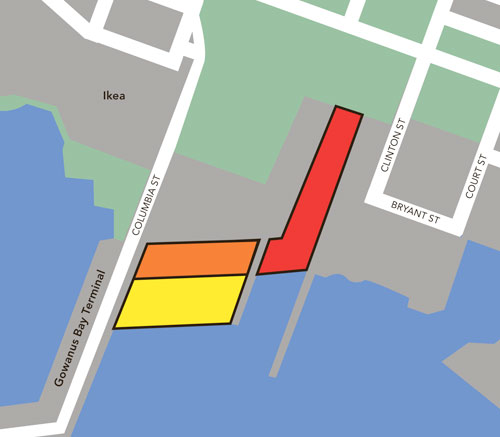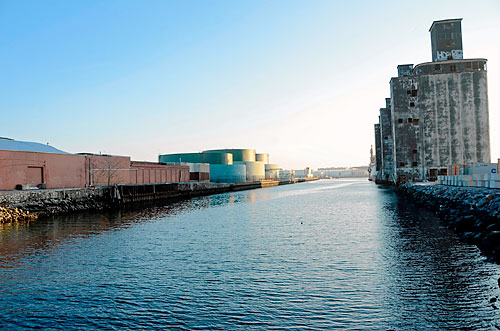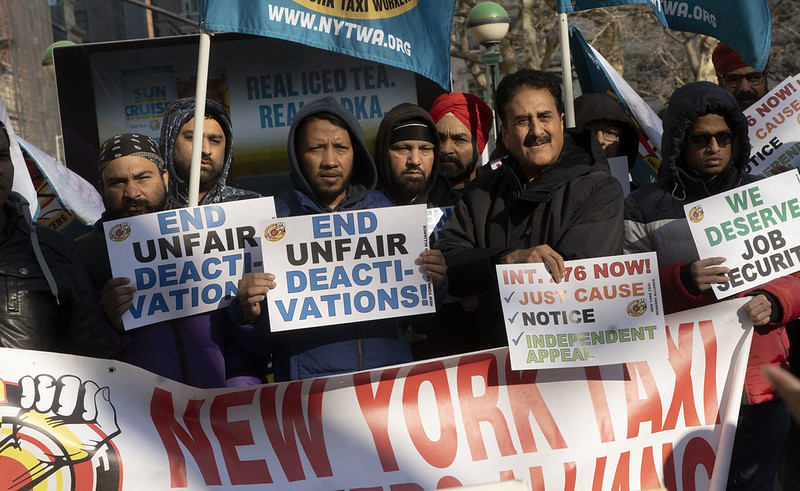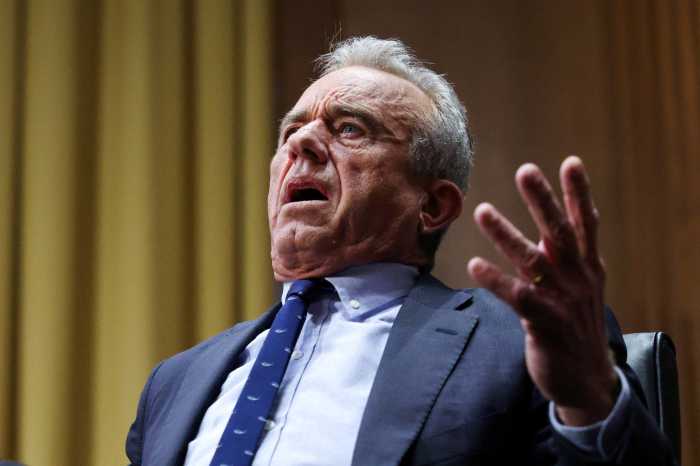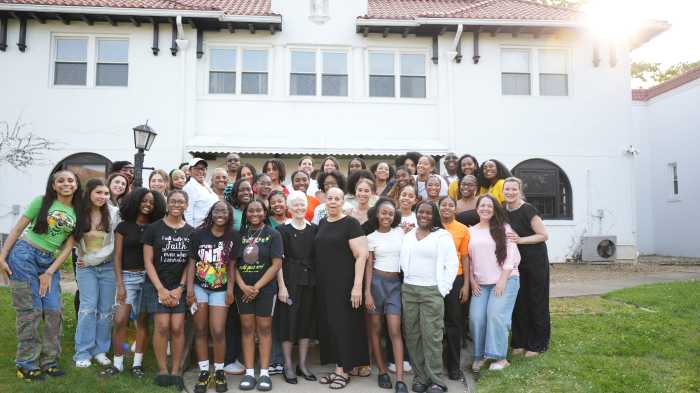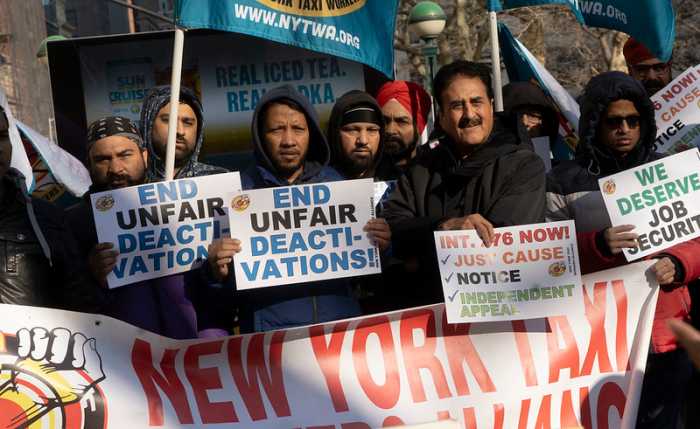The federal government may turn sludge dredged from the toxic Gowanus Canal into a concrete landmass extending off the shore of Red Hook — and gift that treated terra firma to a neighborhood concrete tycoon.
Some of the muck pulled up in the Environmental Protection Agency’s half-billion dollar Superfund cleanup of the fetid waterway could be decontaminated and transformed into a “confined disposal facility,” which would become a permanent part of John Quadrozzi Jr.’s Gowanus Bay Terminal and Gowanus Industrial Park after the job is done.
The sludge used in the build-out would be dredged from the least polluted section of the canal, which is south of Hamilton Avenue, moved by barge, and cleaned to remove hazardous toxins that may include coal tar and heavy metals, eliminating any health risks, feds claim.
Workers would then mix the crud with cement-like materials and store it as stabilized concrete inside a bathtub-like structure made of reinforced steel that would be buried in the Gowanus Bay at the foot of Columbia Street and connected at shore level to Quadrozzi’s industrial complex.
The new expanse of land would likely stretch 300 feet into the water and run 900 feet along the shoreline, giving Quadrozzi what he calls a “golden opportunity” to grow his shipping terminal and expand maritime economic development in Red Hook by luring bigger boats that require deeper waters to dock.
“(The Environmental Protection Agency) is getting a free disposal facility and we are getting this upland without having to do it ourselves,” said Quadrozzi, who claims his Gowanus Bay Terminal owns 33 acres of land underwater at the site of the proposed sludge-fill.
Quadrozzi would get the concrete expanse for free — the Superfund program charges proven canal polluters for the cleanup — and he could do what he wants with it, so long as he follows certain federal guidelines, according to Environmental Protection Agency officials.
“There will be a lot of restrictions as to what you can build there, as to whether you can drill in there and what types of plants you can put there,” said Superfund project manager Christos Tsiamis, whose agency will regularly inspect the site even after the cleanup ends.
Quadrozzi isn’t the only one who will like the deal: the polluters who must foot the bill can save $37 million if the feds choose to de-water the sludge in a temporary facility on the concrete-seller’s land and use some of it to build the new landmass, instead of shipping all of the gunk off-site to a licensed treatment facility.
But the feds say they aren’t hot on the plan just because it’s cheaper for polluters.
“This is not why we (proposed) it,” said Tsiamis, who claims on-site disposal will create between 30 and 60 jobs over six years. “We thought there would be a benefit.”
Quadrozzi said if the sludge-made landscape becomes a reality, he will push for a new public park near Columbia Street.
But that didn’t win over Red Hookers worried about their health, the risk of flooding, and more business coming to their community — especially so close to the neighborhood’s bustling ball fields and pool.
“When everything is said and done, it’s the wrong location,” said John McGettrick, the co-chairman of the Red Hook Civic Association. “We do not need heavy industrial expansion next to a park. That will undermine one of the few bright spots in the community.”
The feds still have “the option of sending everything off-site,” said Tsiamis. If there is large community opposition to the construction of the concrete landfill by the end of the public-commentary period, which was extended to April 27, then it will not be apart of the finalized plan, which will be released by the summer, he said. The state also has a say in the matter, agency officials said.
Before the much-anticipated cleanup of the Gowanus Canal begins, there will be a two-year design phase. The actual cleanup will last until about 2022, officials said.
The agency will accept written and public comments on the proposal until April 27. E-mail gowanuscanalcomments.region2@epa.gov or write to:
Christos Tsiamis, project manager
Central New York Remediation Section
US Environmental Protection Agency
290 Broadway, 20th floor
New York, NY 10007-1866
Reach reporter Natalie Musumeci at nmusumeci@cnglocal.com or by calling (718) 260-4505. Follow her at twitter.com/souleddout.
